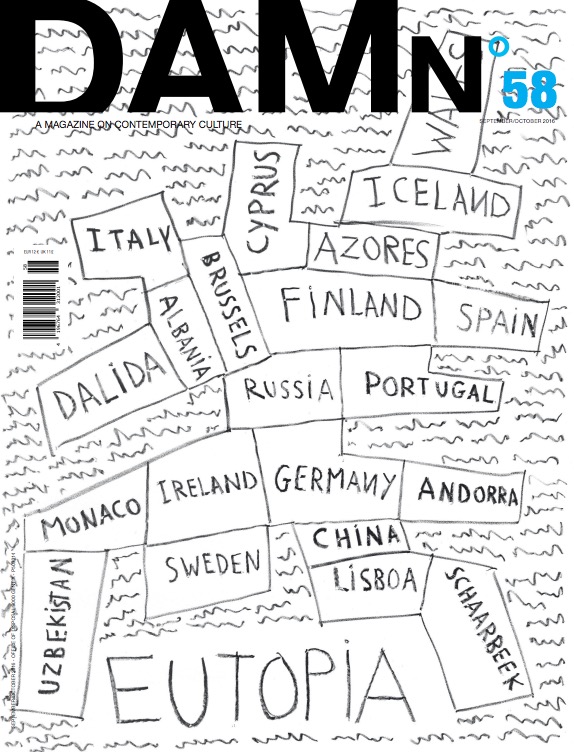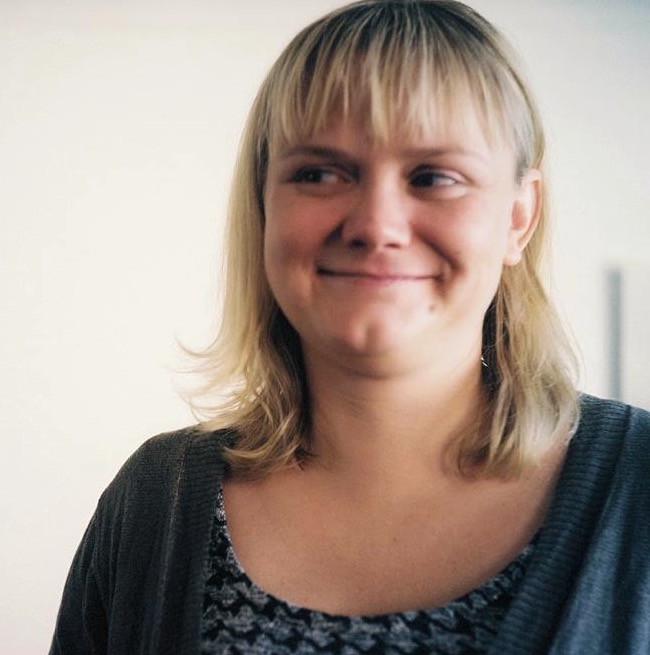Pascual – a trained architect, and Schwabe – a performance and urban artist, met while completing Master’s degrees in Research Architecture at Gold- smiths in London. Their collaboration, Cooking Sections, grew out of the discovery of the Empire Marketing Board propaganda campaign that in the early 20th century promoted the buying and eating of foods from Britain’s colonies, with its beautiful and laughably biased posters and documentaries. One such promotion was the Empire Christmas Pudding, which used 17 ingredients from 17 British colonies. This made Pascual and Schwabe want to recreate the dessert. What they discovered was that on the one hand many ingredients were no longer available due to redefined territories, or were not even traceable since the origins of the products have become obscured by trade agreements; while on the other hand, products such as rum have become inseparable from the original colonial propaganda.
The Empire Shops were an idea by the marketing board to establish retail outlets for the promotion and consumption of these products, but it never came to be. Pascual and Schwabe saw this as an opportunity to create a speculative exhibition based on what those shops would contain if they existed today. The exhibition includes furniture made from the invasive Lantana Camara hedge plant introduced to India by the British to demarcate land and that then proceeded to takeover 13 million hectares of the country, threatening coffee plantations and indigenous forests. A collaboration between Forager Collective, Cooking Sections, and Lantana Crafts Centre at Malé Mahadeshwara Reserve Forest (MM Hills) in southeast Karnataka, with the “probably impossible” intention of clearing and selling all of the plants, would see the business become a victim of its own success, according to Schwabe. On the flipside, Cooking Sections’ project The 'Next "Invasive" is "Native"' turns plants in Britain perceived as invasive into ice cream, in order to highlight how this is not a black and white issue.
Other projects include visual artist Annalee Davis’s exploration of the issues that surround the post- plantation economy in Barbados, where she lives, through a tea service using crockery redeveloped from shards unearthed in former plantations. Spanish artist Asunción Molinos’s installation unpacks how “hunger is manmade”. FRAUD duo (FRan Gallardo and AUDrey Samson) are leading a shrimping outing on the Thames, once a rich source of brown shrimp, hoping to net the last ones in order to expose how these are then shipped to Morocco to be cheaply peeled and subsequently shipped back to Britain. Sculptor and installation artist Blue Curry, meanwhile, examines the Caribbean tourist clichés of barbeques and steel drums. As the origins of the project date back to 2013, it is not at all inspired by Brexit, but the ‘when Britain was great’ narrative that emerged before the flabbergasting referendum adds a sinister gravity to the exhibition – not least for its speculation that Britain would seek to renew trade agreements with neglected Commonwealth countries (parlance for previous colonies). Here too, sugar reveals a bitter irony. Under the European Union, Britain curtailed trade with previous colonies that produce sugar so as to support the French sugar beet. The beet was intensely promoted by Napoleon in the 1800s to counter Britain’s monopoly on the sugar trade. It would seem that a Brexit Christmas pudding recipe might be timeous. The Empire Remains Shop is on display at 91-93 Baker Street, London, until 06 November 2016.
Other projects include visual artist Annalee Davis’s exploration of the issues that surround the post- plantation economy in Barbados, where she lives, through a tea service using crockery redeveloped from shards unearthed in former plantations. Spanish artist Asunción Molinos’s installation unpacks how “hunger is manmade”. FRAUD duo (FRan Gallardo and AUDrey Samson) are leading a shrimping outing on the Thames, once a rich source of brown shrimp, hoping to net the last ones in order to expose how these are then shipped to Morocco to be cheaply peeled and subsequently shipped back to Britain. Sculptor and installation artist Blue Curry, meanwhile, examines the Caribbean tourist clichés of barbeques and steel drums. As the origins of the project date back to 2013, it is not at all inspired by Brexit, but the ‘when Britain was great’ narrative that emerged before the flabbergasting referendum adds a sinister gravity to the exhibition – not least for its speculation that Britain would seek to renew trade agreements with neglected Commonwealth countries (parlance for previous colonies). Here too, sugar reveals a bitter irony. Under the European Union, Britain curtailed trade with previous colonies that produce sugar so as to support the French sugar beet. The beet was intensely promoted by Napoleon in the 1800s to counter Britain’s monopoly on the sugar trade. It would seem that a Brexit Christmas pudding recipe might be timeous. The Empire Remains Shop is on display at 91-93 Baker Street, London, until 06 November 2016.
 This article appeared in DAMN°58. Order your personal copy.
This article appeared in DAMN°58. Order your personal copy.

